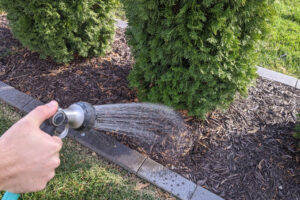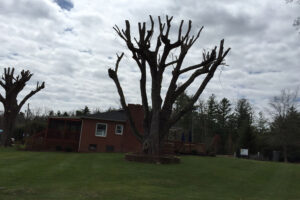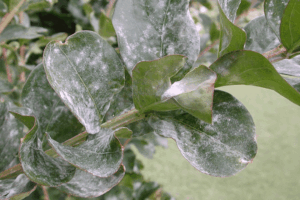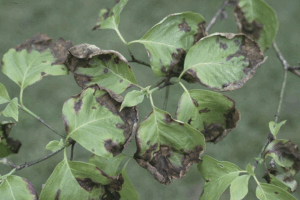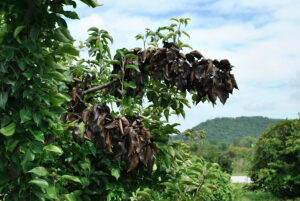Spring Disease

Spring Tree Diseases in South Carolina
Spring in South Carolina is a time of vibrant renewal, with trees unfurling new leaves and blossoms painting the landscape in a kaleidoscope of colors. But this beautiful awakening can also bring with it the unwelcome emergence of tree diseases. The combination of warming temperatures and increased moisture creates ideal conditions for various fungal and bacterial pathogens to thrive, impacting the health and vigor of our trees. Understanding these common spring diseases is crucial for homeowners and arborists alike, enabling timely intervention and promoting the long-term health of our arboreal companions.
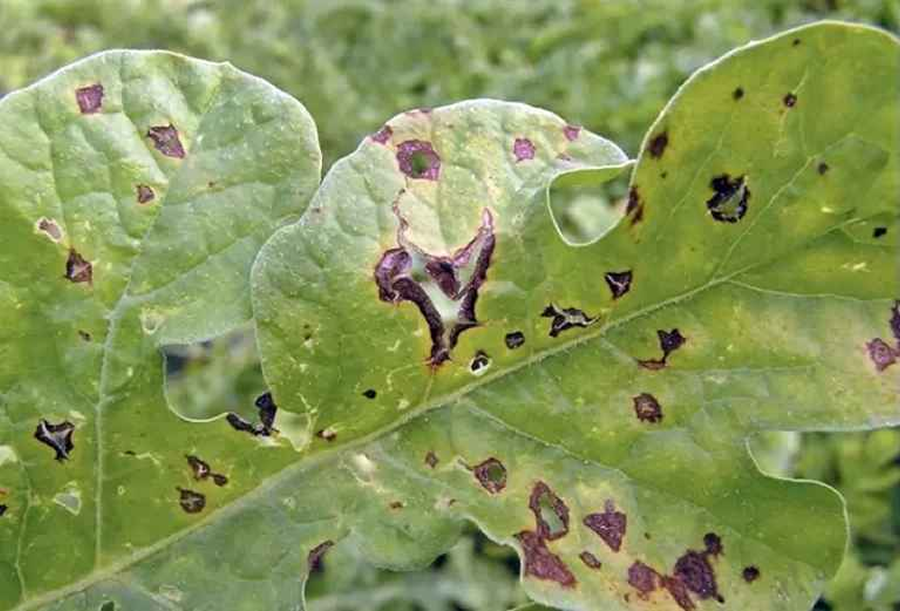
Fungi are among the most common culprits behind spring tree diseases. Several fungal pathogens target specific tree species, while others are more opportunistic, affecting a wider range of hosts. Some notable fungal diseases in South Carolina during spring include:
- Anthracnose: This fungal disease affects a variety of deciduous trees, including maples, sycamores, and dogwoods. Symptoms include leaf spots, blotches, and premature leaf drop. In severe cases, anthracnose can cause twig dieback and even kill entire branches. Cool, wet springs favor the development of anthracnose.
- Powdery Mildew: Easily recognizable by its characteristic white or grayish powdery growth on leaves, stems, and even flowers, powdery mildew thrives in humid conditions. While it rarely kills a tree outright, it can weaken it, making it more susceptible to other pests and diseases. Many tree species are vulnerable to powdery mildew, including dogwoods, crape myrtles, and oaks.
- Leaf Spot Diseases: Various fungi cause leaf spots on a wide range of trees. These spots can vary in size, shape, and color, depending on the specific pathogen and host tree. While some leaf spots are merely cosmetic, others can cause significant defoliation, impacting the tree’s health.
- Rust Diseases: Rust fungi require two different host plants to complete their life cycle. In spring, we often see the effects of rust on one of the hosts, such as the appearance of orange or reddish pustules on leaves or stems. These diseases can cause leaf drop and weaken the tree.
While less common than fungal diseases, bacterial infections can also pose a threat to trees in the spring. One prominent example is Fire Blight: This bacterial disease primarily affects trees in the Rosaceae family, including pears, apples, and hawthorns. Fire blight causes rapid wilting and blackening of new shoots and blossoms, giving them a scorched appearance. The disease can spread quickly and is particularly devastating in warm, humid conditions.

Environmental Stressors: Setting the Stage
While diseases are caused by specific pathogens, environmental factors can play a significant role in predisposing trees to infection. Trees weakened by drought, extreme temperatures, or other stresses are more susceptible to disease. Proper tree care, including adequate watering during dry periods and avoiding injuries to the bark, can help to strengthen trees and make them more resistant to disease.
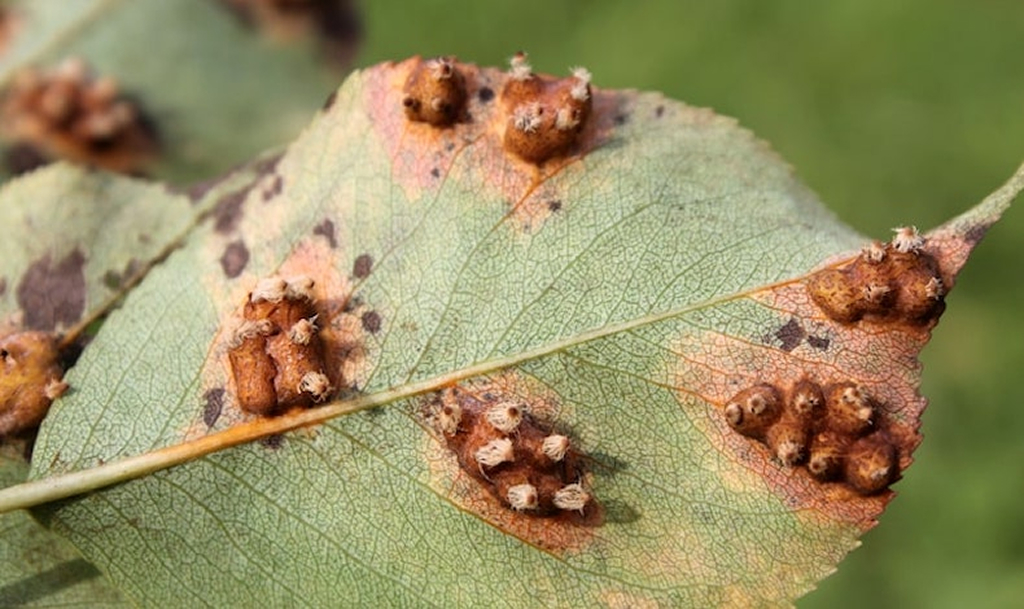
Managing Tree Diseases: A Proactive Approach
Early detection is key to managing tree diseases effectively. Regularly inspecting your trees for signs of disease is crucial. If you suspect a tree is infected, it’s best to consult with a certified arborist or extension agent for proper diagnosis and treatment recommendations. Treatment options may include:
- Pruning: Removing infected branches or leaves can help to prevent the spread of the disease. Proper pruning techniques are essential to minimize stress on the tree.
- Fungicides or Bactericides: In some cases, fungicides or bactericides may be used to control certain diseases. However, these treatments should be applied judiciously and according to label instructions.
- Cultural Practices: Maintaining good tree health through proper watering, fertilization, and mulching can help to improve the tree’s resistance to disease.

Prevention is Paramount:
Preventing tree diseases is always preferable to treating them. Here are some tips for promoting tree health and preventing disease:
- Choose Disease-Resistant Varieties: When planting new trees, select varieties that are known to be resistant to common diseases in your area.
- Plant in the Right Location: Ensure that trees are planted in a location that provides adequate sunlight, drainage, and air circulation.
- Maintain Proper Tree Care: Water trees regularly during dry periods, fertilize as needed, and mulch around the base of the tree to retain moisture and suppress weeds.
- Practice Good Sanitation: Remove fallen leaves and other debris from around the base of trees to reduce the risk of fungal diseases.
Spring in South Carolina should be a time of celebration for our trees. By understanding the common diseases that can affect them and taking proactive steps to promote their health, we can help ensure that our trees thrive for many years to come, adding beauty and value to our landscapes.
Search
Recent Posts
Arborvitaes, with their feathery foliage and evergreen charm, are a popular choice for landscaping.…
Your backyard oasis deserves to thrive, but sometimes, even the best intentions leave us…
Crape myrtles (Lagerstroemia) are the undisputed stars of summer landscapes, boasting vibrant blooms in…
The Dogwood, with its ethereal blooms and striking bark, embodies Southern charm. Despite the…
Spring Tree Diseases in South Carolina Spring in South Carolina is a time of…

 803 200 1915
803 200 1915